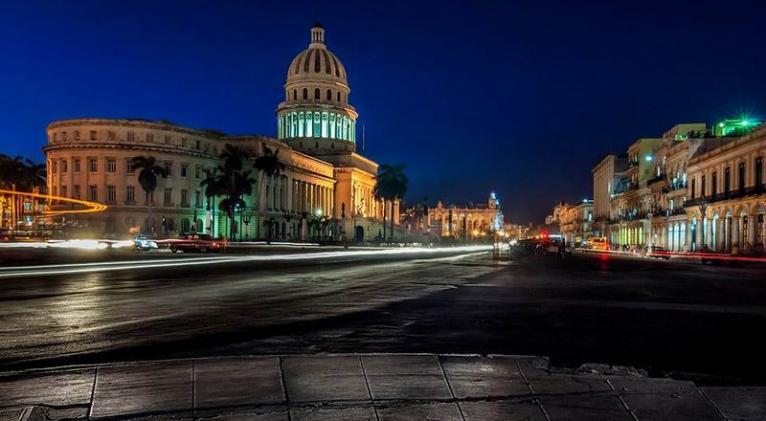Like Love, Havana Awaits Everything
especiales

Havana was the daughter of the bloody conquest. In margin notes of this blog that has already gone back half a millennium (which I presume to be five more years, really), the numerous pain and death itself must be recorded as tyrants of the occasion. The founding act of Adelantado Diego Velázquez represented a work of dispossession.
The childbirth was terrible, it’s true, but the child retains the charm of its first age. Villa de San Cristóbal celebrates 502 years of age which, for the life of a region, is not too long. And for a star it’s only a fleeting instant. Showered with honors on this remarkable anniversary, as an event of light after nearly after two years of epidemiological haze.
In the biographical essay of the capital of all Cubans (and here I must mention the name of the historian Alicia García Santana), surface the typologies of each architectural gathering, as a monumental exhibition of memory. Owners and founders are gone long time ago, but the intention, the concept, the attitude survive, in short, the human city in each stone erected, in each useful and transcendent piece, with that mysterious skill to converse, to validate its presence.
It’s difficult to find worldwide a city that’s been sung so much. And its music ready to subvert oblivion and death itself. For example, Sabanas Blancas, that anthem by Gerardo Alfonso, literally states it: "If life banished me to a corner of the Earth, I swear to you, I’m going to die of love and desire to walk your streets."
Havana will never tire of weaving the warp of the human congregation from all disciplines of the artistic master, in biennials, in workshops, in competitions, in each festival that occupies its spaces and hours.
Eusebio Leal Walks Havana Again
On the outskirts of the historic center, where the town found its definitive enclave on November 16th, 1519, signs of kings abound and references to the pain of so many enslaved are unusual. Havana will have the honorable responsibility of fixing them. It’s the task of the Historian's Office, the idea of Emilio Roig de Leuchsenring, the passion of Eusebio Leal Spengler, the shared task of the many followers.
Giraldilla, the work of Jerónimo Martín Pinzón on Isabel de Bobadilla
We need to recover the page of the first camp of 1514 on the south coast. Although it’s true that the birth project was shrouded in suffering, there were also signs of love. The inspiring idea of the fifth centenary is not quenched. In Havana, the greatest things are symbolized by the little Giraldilla, Jerónimo Martín Pinzón's work on Isabel de Bobadilla. Maybe it's a promise. The city, in the manner of Saint Augustine, awaits everything.
Translated by Amilkal Labañino / CubaSí Translation Staff














Add new comment